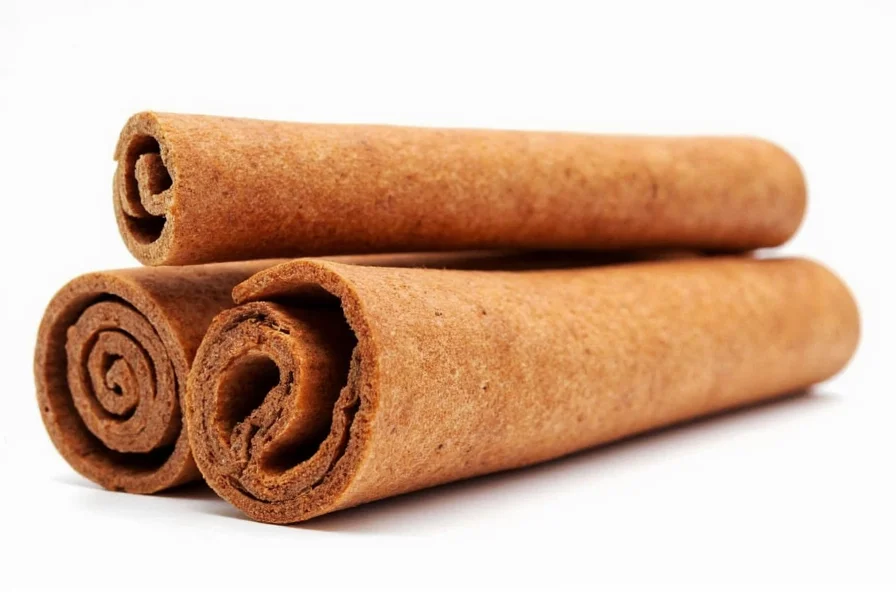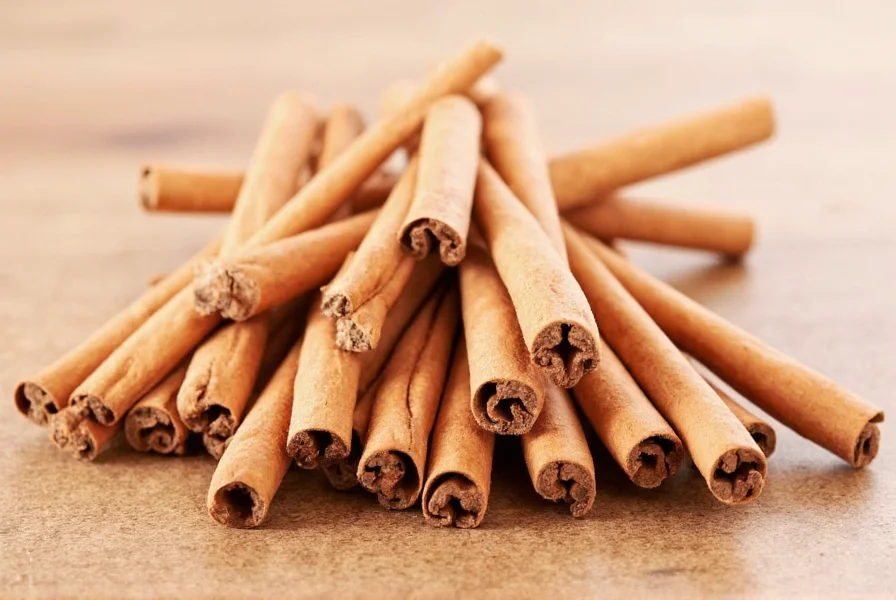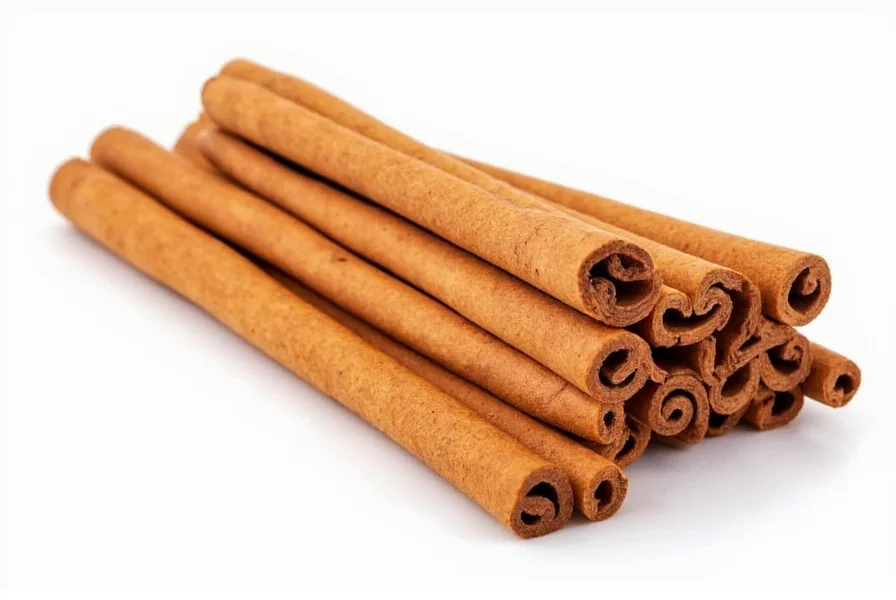Cinnamon sticks, also known as cinnamon quills, are the rolled bark of cinnamon trees. Unlike ground cinnamon, these whole spice forms offer a more subtle flavor release and longer shelf life. Understanding how to properly consume them is essential for both culinary enjoyment and safety.
What Are Cinnamon Sticks Made Of?
Cinnamon sticks form when the inner bark of cinnamon trees is harvested, dried, and naturally curls into tube shapes. There are two primary varieties you'll encounter:
| Type | Source | Coumarin Content | Flavor Profile |
|---|---|---|---|
| Cassia Cinnamon | China, Indonesia, Vietnam | High (2-5%) | Strong, spicy, pungent |
| Ceylon Cinnamon | Sri Lanka | Very low (0.004-0.05%) | Milder, sweeter, more complex |
Cassia cinnamon accounts for about 90% of cinnamon sold in the United States and is significantly less expensive than Ceylon cinnamon. However, its higher coumarin content raises safety concerns for regular consumption.
Safety Considerations When Consuming Cinnamon Sticks
While cinnamon sticks are edible, several safety factors require attention:
Coumarin Content Concerns
Coumarin is a naturally occurring compound found in higher concentrations in cassia cinnamon. The European Food Safety Authority recommends a maximum daily intake of 0.1 mg of coumarin per kilogram of body weight. For a 130-pound adult, this translates to approximately:
- 1-2 teaspoons of cassia cinnamon powder
- 1-2 small cinnamon sticks (about 2-3 inches long)
Exceeding these amounts regularly may potentially cause liver damage in sensitive individuals. Ceylon cinnamon contains negligible coumarin levels, making it safer for daily use.
Physical Consumption Risks
Cinnamon sticks are extremely hard and fibrous. Attempting to chew and swallow them whole presents:
- Choking hazard, especially for children
- Potential for mouth or throat irritation
- Digestive discomfort if large pieces are swallowed

Proper Ways to Use Cinnamon Sticks
For safe and effective use of cinnamon sticks, follow these methods:
Infusion Method (Recommended)
The safest and most common approach involves:
- Adding 1-2 cinnamon sticks to hot liquids (tea, coffee, cider, or broths)
- Allowing them to steep for 5-15 minutes
- Removing the sticks before consumption
This method extracts flavor without requiring direct consumption of the woody material. The sticks can typically be reused 2-3 times before losing potency.
Grinding Your Own Cinnamon
If you prefer ground cinnamon with maximum freshness:
- Use a dedicated spice grinder or mortar and pestle
- Grind only what you'll use within a few weeks
- Store in an airtight container away from light and heat
Homemade ground cinnamon from Ceylon sticks provides superior flavor and avoids the coumarin concerns associated with commercial cassia products.
Health Benefits of Cinnamon When Consumed Properly
When used appropriately, cinnamon offers several potential health benefits supported by research:
- Blood sugar regulation: May improve insulin sensitivity and help moderate blood glucose levels
- Antioxidant properties: Contains polyphenols that combat oxidative stress
- Anti-inflammatory effects: May reduce markers of inflammation in the body
- Heart health support: Some studies suggest potential benefits for cholesterol levels
These benefits are best realized through moderate, regular consumption rather than occasional large doses.
Cinnamon Sticks vs. Ground Cinnamon: Key Differences
Understanding these differences helps determine which form serves your needs best:
- Shelf life: Sticks retain freshness 2-3 times longer than ground cinnamon
- Flavor intensity: Sticks provide more subtle flavor infusion
- Coumarin exposure: Ground cassia cinnamon concentrates coumarin, while sticks release it more gradually
- Versatility: Ground cinnamon works better for baking; sticks excel in beverages and slow-cooked dishes

Creative Culinary Uses for Cinnamon Sticks
Beyond simple infusion, try these practical applications:
- Flavorful toothpicks: Use small pieces as edible picks for fruit skewers
- Sugar infusions: Place sticks in sugar containers to create cinnamon sugar
- Rice cooking: Add to rice water for subtly flavored side dishes
- Vinegar infusions: Create aromatic cleaning solutions or salad dressings
- Homemade extracts: Steep in alcohol to create natural flavorings
Storage Tips for Maximum Freshness
Proper storage preserves cinnamon's flavor and potency:
- Keep in airtight containers away from direct sunlight
- Ideal storage temperature is between 60-70°F (15-21°C)
- Sticks maintain quality for 2-3 years when stored properly
- Ground cinnamon remains fresh for 6-12 months
- Freezing is unnecessary and may introduce moisture
Who Should Limit Cinnamon Stick Consumption?
Certain individuals should exercise extra caution:
- People with liver conditions should consult their physician
- Pregnant women should limit cassia cinnamon intake
- Those taking blood thinners should monitor consumption
- Individuals with mouth sores may experience irritation
When in doubt about personal health considerations, consult a healthcare provider before making cinnamon a regular part of your diet.
Frequently Asked Questions
Can you chew cinnamon sticks like gum?
No, you shouldn't chew cinnamon sticks like gum. Their woody texture makes them difficult to chew properly and they can cause mouth irritation or pose a choking hazard. While some people attempt the "cinnamon challenge" with ground cinnamon, this is unsafe and not recommended. Cinnamon sticks are best used for infusion in liquids rather than direct chewing.
How many cinnamon sticks can I safely consume daily?
For cassia cinnamon sticks, limit to 1-2 small sticks (2-3 inches long) per day. Ceylon cinnamon sticks can be consumed more freely, up to 3-4 sticks daily. The primary concern is coumarin content, which is significantly higher in cassia varieties. If using cinnamon regularly for health benefits, Ceylon variety is the safer choice due to its minimal coumarin levels.
What happens if you swallow a piece of cinnamon stick?
Swallowing a small piece of cinnamon stick typically causes no serious harm but may lead to temporary digestive discomfort. Larger pieces could potentially cause choking or intestinal irritation. The body cannot properly digest the woody fiber, so it will pass through your system. If you experience persistent pain, difficulty swallowing, or other concerning symptoms after swallowing cinnamon stick pieces, seek medical attention.
Can cinnamon sticks help with blood sugar control?
Research suggests cinnamon may help improve insulin sensitivity and moderate blood sugar spikes, but the effect is modest. Using 1-2 cinnamon sticks daily in beverages or cooking may provide some benefit, but shouldn't replace medical treatment for diabetes. Ceylon cinnamon is preferred for regular consumption due to lower coumarin content. Always consult your healthcare provider before using cinnamon as part of a blood sugar management plan.











 浙公网安备
33010002000092号
浙公网安备
33010002000092号 浙B2-20120091-4
浙B2-20120091-4